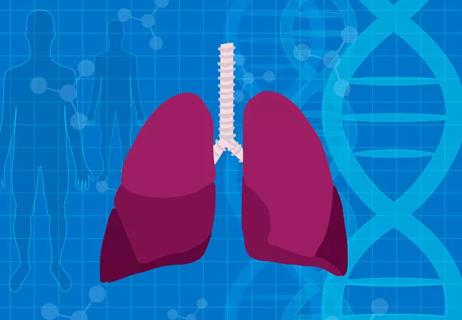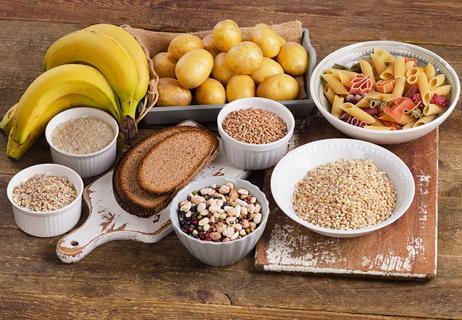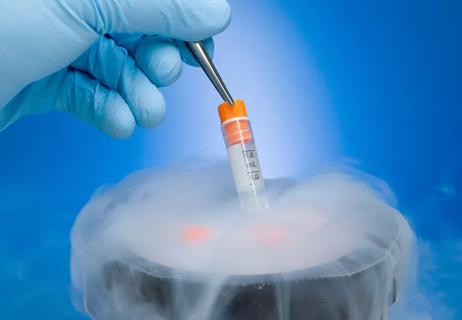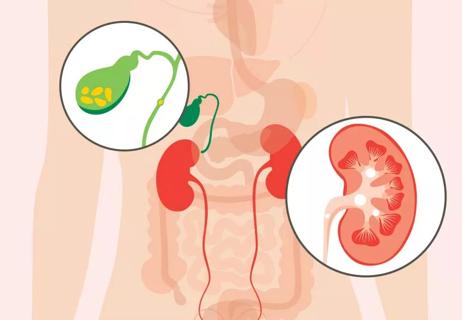
… help you create a treatment plan to ease your back pain.“Making healthy lifestyle choices, including the decisions you make around alcohol use, is the best way to keep your back healthy,” Dr. Hollins emphasizes.

… everyone with a BMPR2 mutation will develop the disorder.Pulmonary hypertension develops in roughly 40% of the women and 14% of the men who inherit a BMPR2 variant. In contrast, the more aggressive BRCA1 and …

… carb intake to about 1 cup per meal (about the size of a coffee mug or woman’s fist),” says Zumpano.Keep your carbohydrate intake to around 40% to 45% of your total calories. Healthy …

… your triggers. Typical triggers include:Stress of any kind.Overwork and/or a lack of rest.Other health issues, like an infection or injury.Certain kinds of medications.Sun exposure.Change of seasons.Knowing a …
Advertisement
Cleveland Clinic is a non-profit academic medical center. Advertising on our site helps support our mission. We do not endorse non-Cleveland Clinic products or services. Policy

… day for women. But these guidelines don’t account for individual differences like height, weight and overall health.“The amount of potassium that each person needs will vary,” Zumpano notes. “Certain medications, health conditions and …

Suspect you’re pregnant? There are no shortage of signs and symptoms that supposedly signify this to be true, whether it’s a more prominent pulse in your neck or a bizarre food craving.However …

Are you getting enough iron daily?The chances are that most of us probably aren’t. Our bodies need iron to grow and develop. Iron can also help prevent anemia and protect our bodies from …

If you think you want to have children someday, but now just isn’t the time, freezing your eggs is an option that can help preserve your fertility for the future.Reproductive endocrinology fertility specialist …

For decades, scientific studies have shown a connection between eating red meat — like beef, pork, veal and lamb — and getting heart disease. That’s why the American Heart Association encourages limiting the amount of red …

They’re usually just a few millimeters in size, but they can be oh-so-painful.We’re talking about stones — gallbladder stones (or gallstones) and kidney stones, that is. They form in different systems …
Advertisement
Advertisement